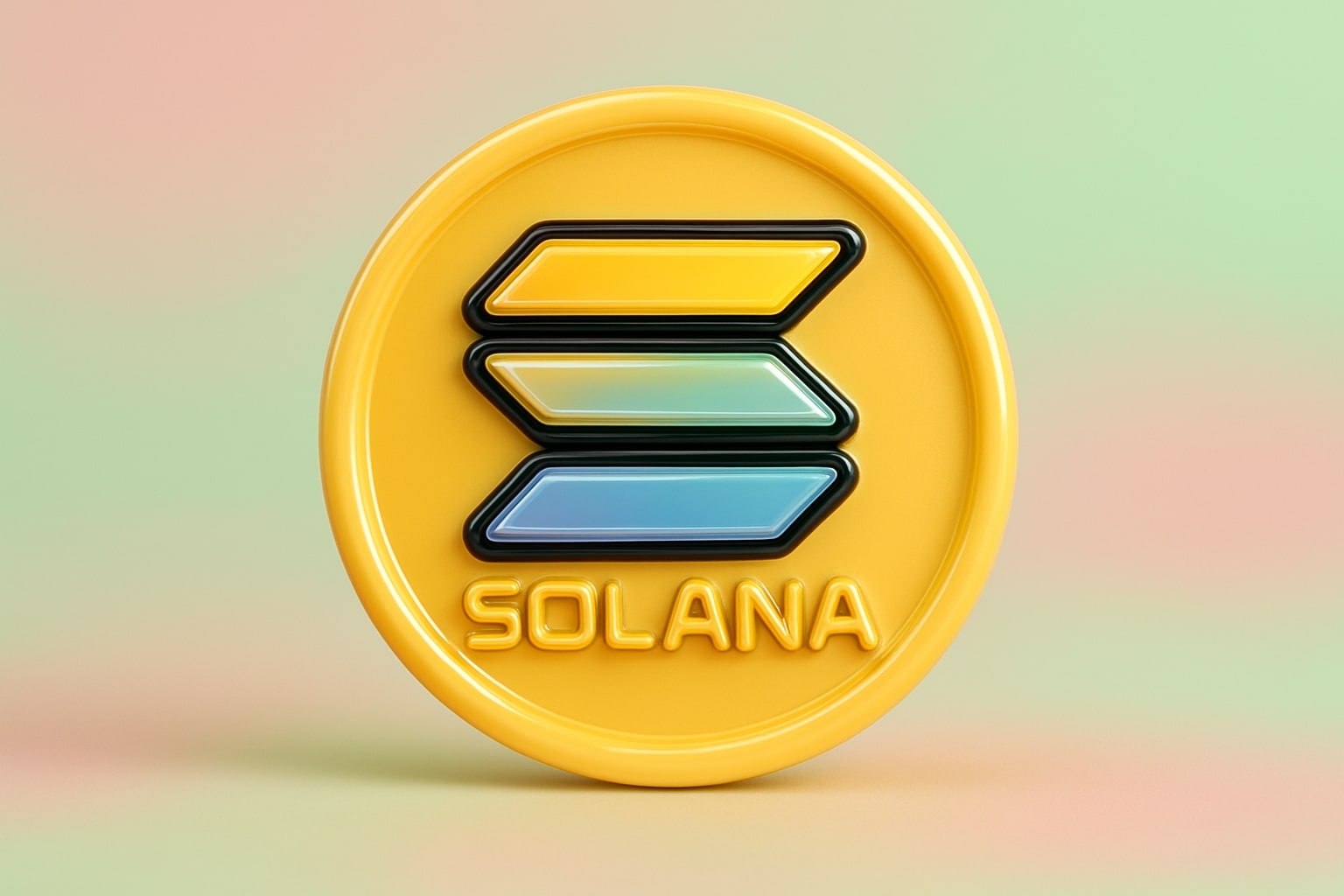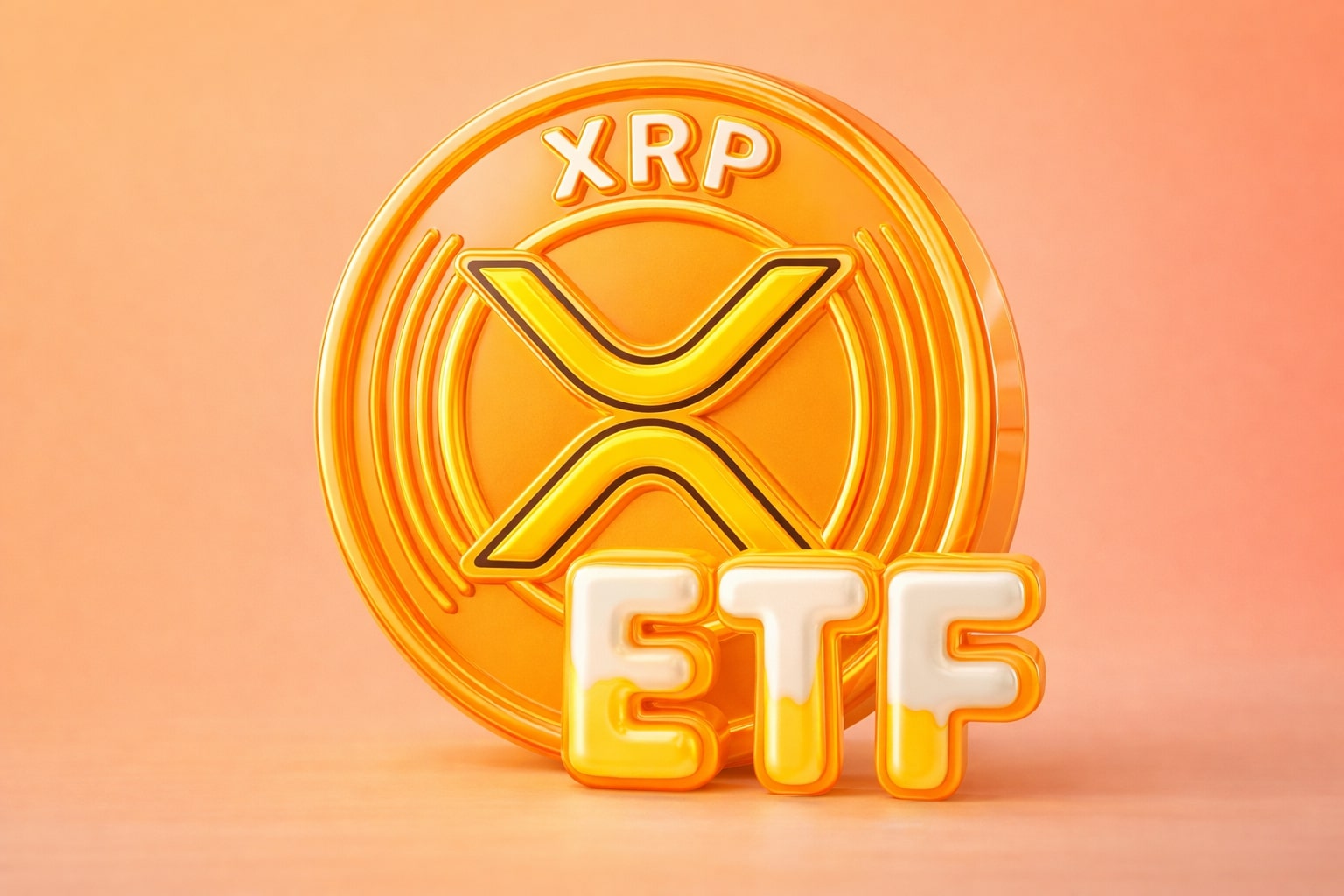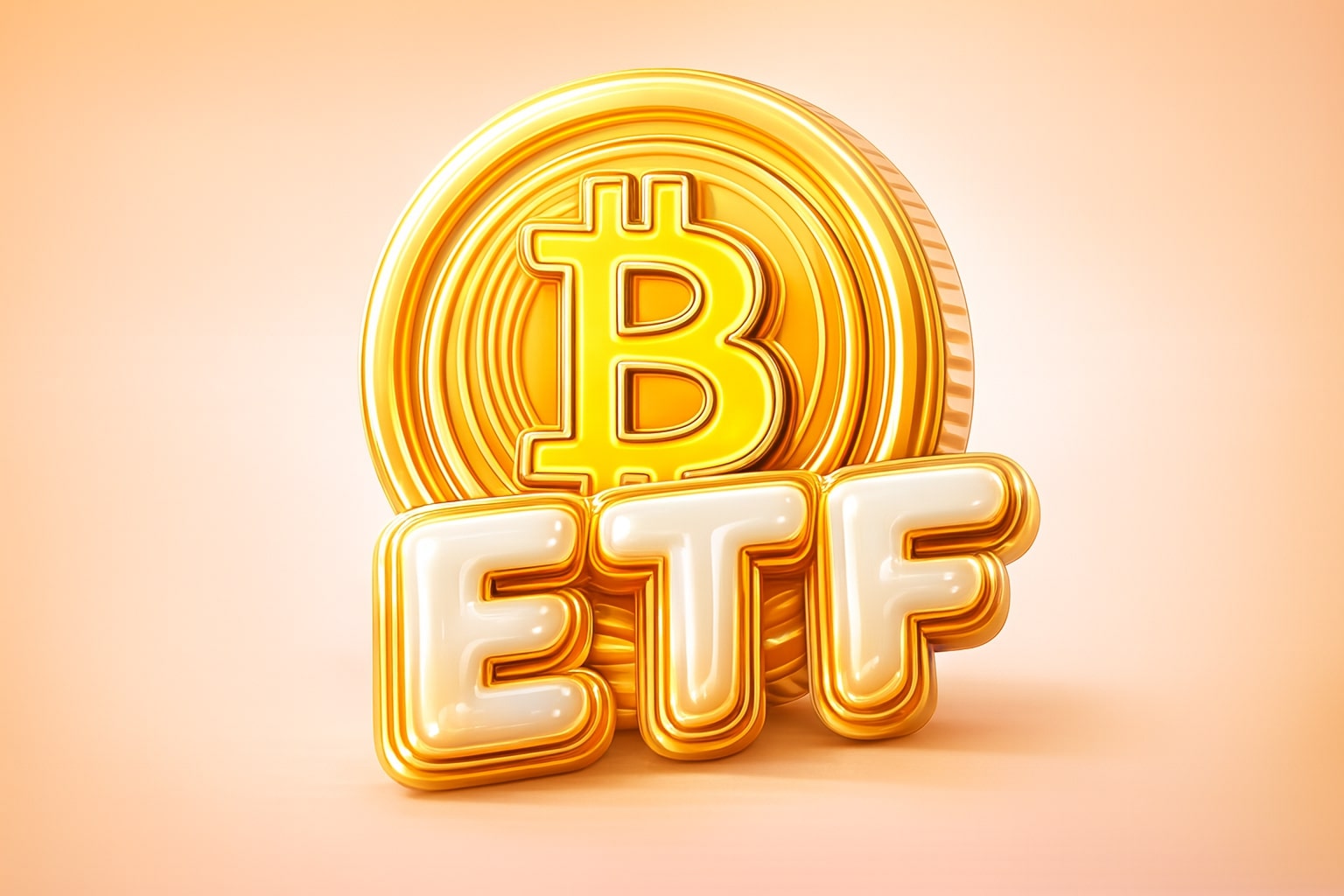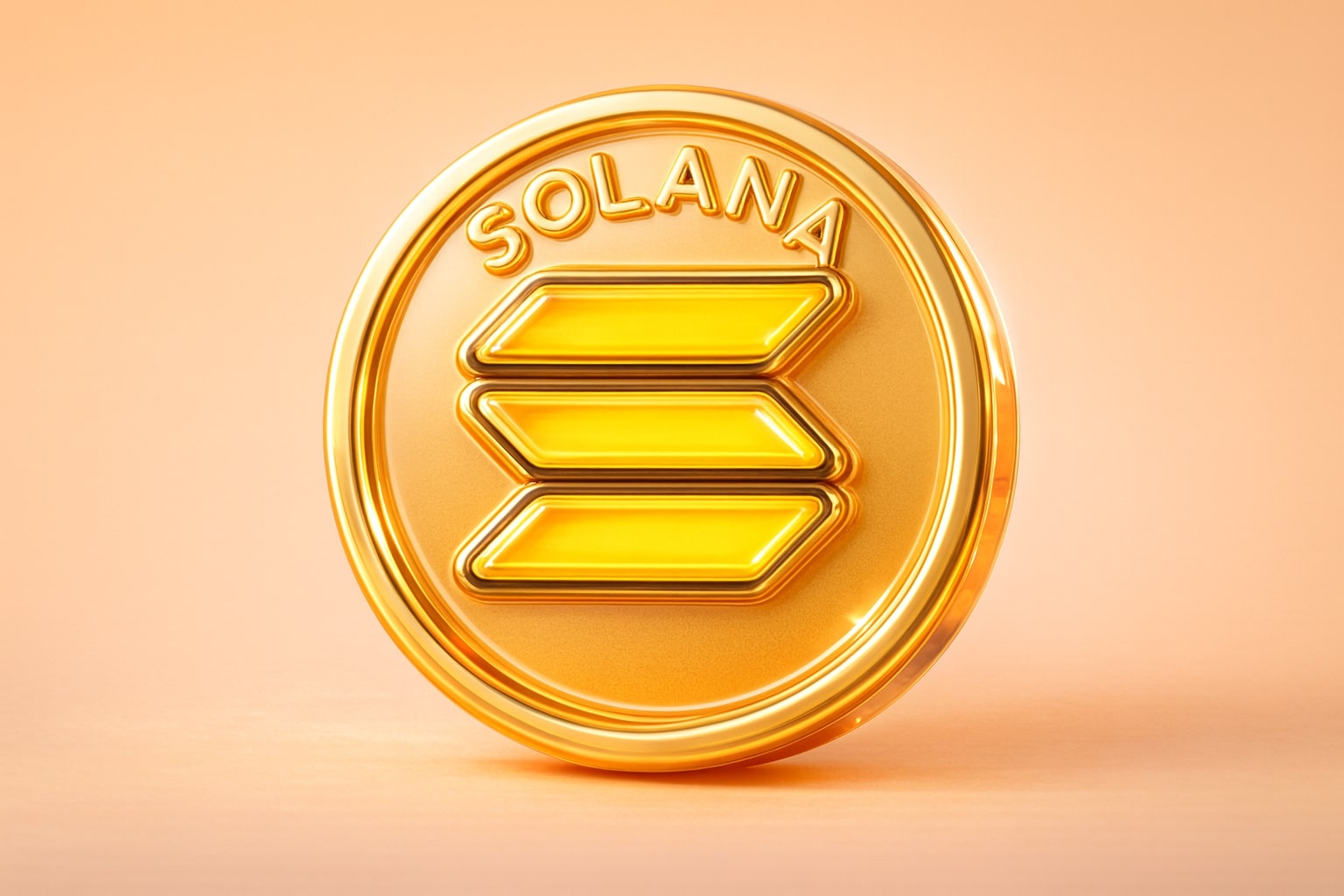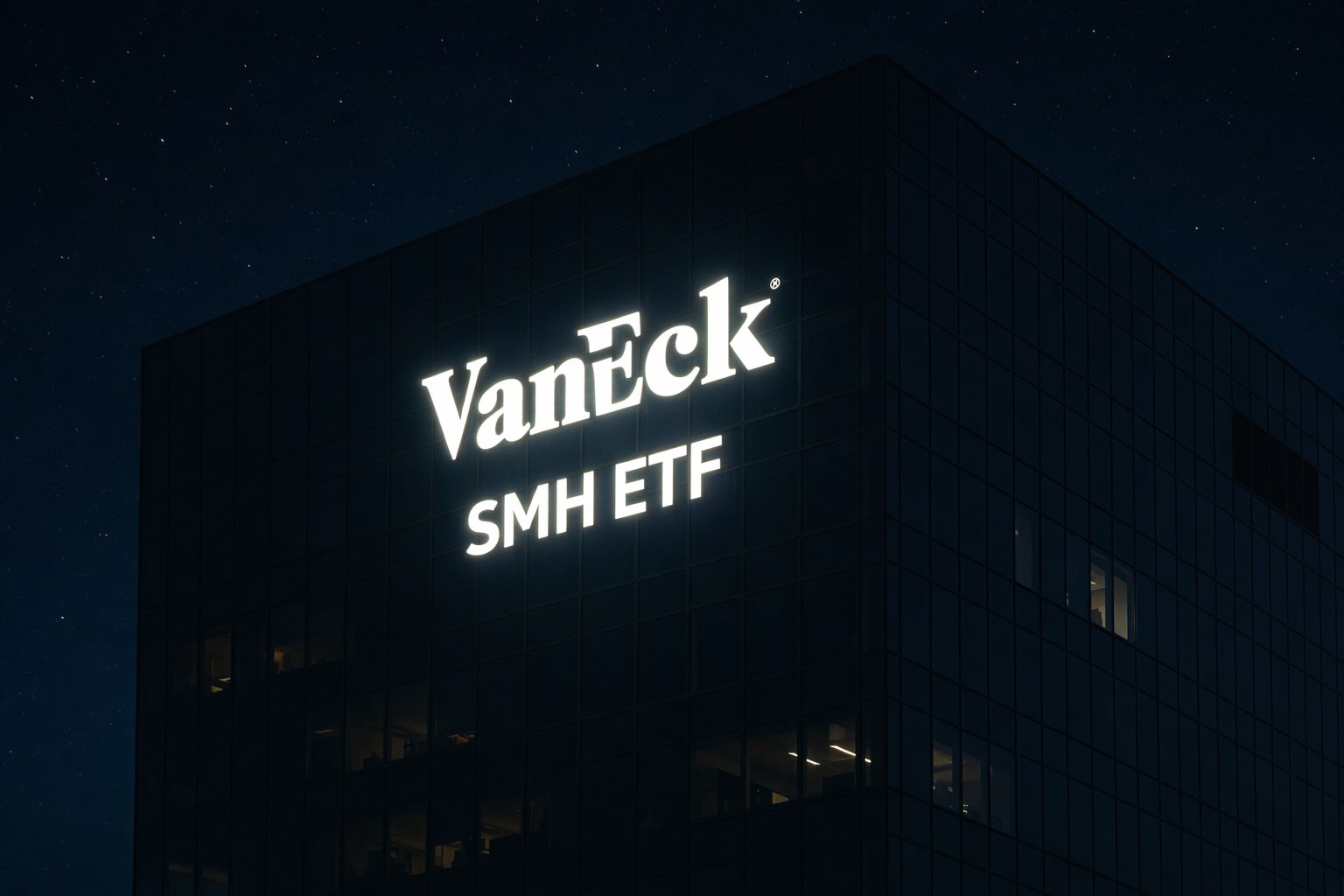Solana (SOL-USD) Hovers Near $179.60 as ETF Catalyst Meets Weak On-Chain Momentum and Tight Technical Compression
The Solana (SOL-USD) market is entering one of its most pivotal phases of 2025. The token trades near $179.60, down 6.09% in 24 hours, widening its weekly loss to –7.78%, as traders weigh short-term technical fatigue against deepening institutional traction and a string of regulatory breakthroughs. Hong Kong’s decision to approve the first Solana spot ETF has triggered a fundamental re-rating of the asset’s long-term profile — yet the price action still reflects uncertainty after failing to reclaim the $195–$200 range.
ETF Momentum Reframes Institutional Landscape for SOL-USD
Hong Kong’s securities regulator granted China Asset Management (Hong Kong) approval to launch Asia’s first Solana ETF, trading from October 27 2025, positioning SOL alongside Bitcoin and Ethereum as one of only three digital assets with regulated fund exposure in the region. This move follows a year in which 23 Solana-linked ETF filings surfaced globally — the highest for any non-BTC blockchain.
The ETF pipeline underscores how institutional participation has outpaced expectations: open interest in Solana futures surged to $8.55 billion by October 22, marking the second-highest level on record. Despite the spot market drawdown, the derivative build-up shows capital rotation rather than liquidation, as professional desks position ahead of the ETF debut. Analysts interpret this as a structural vote of confidence, comparable to Ethereum’s 2021 pre-ETF accumulation period.
Price Structure: Tight Range Between $184 and $195 Defines Next Breakout
Technically, Solana is locked in a compression wedge between $184 support and $195 resistance. The pair trades below its 20-day EMA ($188) and 50-day EMA ($191), confirming a mildly bearish near-term bias, though broader structure remains intact above the 200-day moving average ($173.95).
Momentum indicators echo caution: the Relative Strength Index (RSI) has slipped near 32.4, while the Commodity Channel Index (CCI) reads –115.22, both signaling that sellers still dominate but that oversold conditions are nearing exhaustion. A decisive break above $195 could invite a sharp rebound toward $203–$210, while a close below $175 would expose deeper liquidity zones around $170–$160.
Institutional and Treasury Activity Deepens
The shift from speculative retail flow to structured institutional capital is visible across on-chain and fund data. The REX-Osprey Solana ETF, launched in July 2025, has already gathered $400 million, and nine corporate treasuries collectively hold approximately $2 billion in SOL allocations. These balances, now tracked publicly through multi-sig wallets, form a new ownership class comparable to Bitcoin’s early-ETF phase.
This concentration has also changed liquidity behavior. Exchange data show alternating inflows and outflows through October, with a net outflow of $958 thousand on October 22, reflecting short-term profit-taking but sustained long-term accumulation.
Network Metrics: Activity Softens but Revenue Expands Sharply
Despite token pressure, Solana’s fundamental metrics are extraordinary in scale. According to Capital Markets data, network revenue reached $2.1 billion (+212% YoY) — the fastest growth among major blockchains and well ahead of Ethereum’s +94% for the same period. Yet daily active addresses have fallen from 6.9 million in January to 2.9 million today, indicating usage concentration rather than broad expansion.
The forthcoming Alpenglow upgrade, expected by year-end, aims to restore throughput advantages with near-internet latency transaction speeds. It’s a direct attempt to counter Ethereum’s Pectra update, which narrowed performance gaps and drew developer migration. If Alpenglow achieves its throughput targets, Solana could reclaim some of the lost application base now shifting to BNB Chain.
Macro Backdrop: Inflation Data, Fed Path, and Risk Sentiment
Macro conditions remain a key drag on risk appetite. U.S. inflation for September is forecast at 3.1% YoY; any upside surprise could delay the Federal Reserve’s first rate cut, keeping Treasury yields near 4.9% (2-year) and 4.67% (10-year). Such persistence in real yields historically caps crypto rallies. Solana’s correlation coefficient with the Nasdaq 100 stands at 0.72, implying that equity weakness could spill into digital-asset pricing if rate optimism fades.
Market Positioning: Derivatives Suggest Volatility Event Ahead
The persistence of high open interest — combined with declining realized volatility — often precedes explosive moves. Funding rates on major venues like Binance and OKX have hovered near neutral, indicating balanced leverage between longs and shorts. Traders are watching the $184–$200 corridor as a volatility trigger zone; a move beyond either boundary could expand daily trading ranges toward ±12–15% in the ensuing sessions.
Liquidation data from Coinglass show that total forced closures in the last 48 hours reached $36 million, modest relative to historical spikes, which further supports the theory that most participants are waiting rather than capitulating.
Ecosystem and Corporate Adoption: Fintech Payrolls Turn to Solana
Beyond markets, Solana’s integration into fintech payroll infrastructure has become a new structural driver. Asian startups leveraging stablecoins on the Solana network now manage cross-border payroll settlements, citing transaction fees below $0.001 and confirmation speeds under 400 milliseconds. With tokens like USDC and USDT native to the chain, companies are blending SOL-USD price monitoring into treasury management to hedge volatility.
These developments highlight Solana’s dual narrative: while price is volatile, corporate adoption continues rising due to its cost efficiency. Platforms using Solana for payroll and invoicing have seen processing costs cut by 60–70%, illustrating tangible enterprise value that could reinforce long-term token demand once macro headwinds ease
Competitive Landscape: Ethereum’s Lead, BNB’s Surge, and Solana’s Strategic Gap
Ethereum’s Pectra upgrade and BNB Chain’s Aster launch have intensified competition. Solana’s inability to print a new all-time high during the recent alt-season — unlike ETH and BNB — underscores its current relative underperformance. Still, Solana’s block-finality speed of 400 ms remains unmatched, and its average transaction cost under $0.002 gives it the lowest retail barrier among L1 chains. The network processed over 65 billion transactions YTD, compared with Ethereum’s 1.4 billion, emphasizing its throughput dominance even as user counts fluctuate.
Short-Term Outlook: Testing $175 Support Amid Mixed Sentiment
From a trading standpoint, Solana’s fate hinges on whether buyers can defend the $175–$180 zone. Maintaining that base would sustain the broader bullish setup and keep the triangle formation intact. The near-term resistance levels at $195.8 and $203.8 represent the 0.382 and 0.5 Fibonacci retracement levels from the $237.7 → $169.8 correction. Breaching these could propel price toward $211.8–$223, while a breakdown below $170 would likely accelerate to $160 — the next high-volume node from early 2025.
Analysts tracking sentiment note that futures funding rates remain stable, implying no extreme positioning bias. This equilibrium, combined with high open interest, suggests volatility expansion is imminent once a directional breakout is confirmed.
Investor Behavior and Institutional Positioning Around SOL-USD
Institutional behavior has shifted toward structured exposure rather than speculative accumulation. Hedge funds operating in Hong Kong and Singapore have begun allocating through ETF products rather than spot custody, aligning Solana with compliance-oriented frameworks similar to those of traditional equities. This shift coincides with $2 billion in corporate treasury purchases, confirming that enterprises see SOL as both a speculative and operational asset for DeFi infrastructure and payment settlements.
On the retail side, exchange wallets show reduced inflows, consistent with long-term holders withdrawing to cold storage. Glassnode metrics estimate that 61% of SOL supply hasn’t moved in over 90 days, the highest ratio since Q3 2023, signaling conviction even amid price weakness.
Network Upgrades and AI Integration: The Alpenglow Catalyst
The upcoming Alpenglow upgrade represents a critical inflection point. It aims to introduce adaptive parallelization and pipelined execution layers that could raise throughput beyond 1 million TPS (transactions per second) under optimal conditions — rivaling internet-scale processing. Developers project a 35% reduction in energy consumption per transaction, aligning with ESG mandates increasingly demanded by institutional investors.
Simultaneously, Solana Labs is integrating AI-driven node optimization tools and expanding its validator footprint beyond 3,800 active nodes to reinforce decentralization metrics. These updates, expected between Q4 2025 and Q1 2026, could redefine network performance benchmarks and attract renewed developer interest if execution matches expectations.
Broader Ecosystem: DEX Liquidity, Meme Coin Activity, and Cross-Chain Integration
Solana’s decentralized exchange volume has rebounded sharply following Uniswap’s deployment on the chain, adding $1.1 billion in daily volume through HumidiFi’s aggregation layer. Meanwhile, meme-driven projects such as Snorter ($SNORT) — an AI-powered Telegram bot for token sniping — have raised $5.4 million in presale funding, underscoring persistent retail engagement. Though speculative, such projects maintain chain activity and gas-fee generation, directly contributing to the network’s $2.1 billion annual revenue base.
Interoperability expansion remains another growth pillar: cross-chain bridges connecting Solana with Ethereum, Avalanche, and BNB Chain have increased total locked value to $8.3 billion, up 54% YoY, demonstrating that capital migration into the Solana ecosystem continues even as the token consolidates.
Technical and Sentiment Synthesis
Current data place Solana at a critical juncture: technical compression within a narrow range, rising institutional exposure via ETFs and treasuries, and diverging on-chain signals — booming revenues but shrinking active users. Historically, such divergences precede directional breakouts. With SOL-USD at $179.60, the near-term bias remains neutral-to-bullish if $175 holds, as structural flows and regulatory catalysts favor accumulation over liquidation.
Buy, Hold, or Sell — Strategic View
Based on the integrated dataset — ETF inflows, corporate holdings, $8.55 billion in open interest, and expanding network revenue — the risk/reward skew tilts toward accumulative positioning rather than capitulation. The primary risk remains macro-driven: if Fed policy delays liquidity easing, yield pressure could restrain upside in the near term.
Valuing Solana at 8.2× network revenue versus Ethereum’s 14× implies a relative discount that supports a Buy on Weakness / Accumulate stance with a medium-term target range of $210–$230 and a downside guard at $160. Execution of the Alpenglow upgrade and sustained ETF inflows will determine whether this phase evolves into a full-scale structural bull cycle or remains a prolonged consolidation.
Verdict: SOL-USD — Accumulate on Dips (Bullish Bias)
Price: $179.60 | Support: $175 → $160 | Resistance: $195 → $210 → $223 | Open Interest: $8.55 B | Institutional Holdings: $2 B | Network Revenue: $2.1 B (+212% YoY)*
That's TradingNEWS














